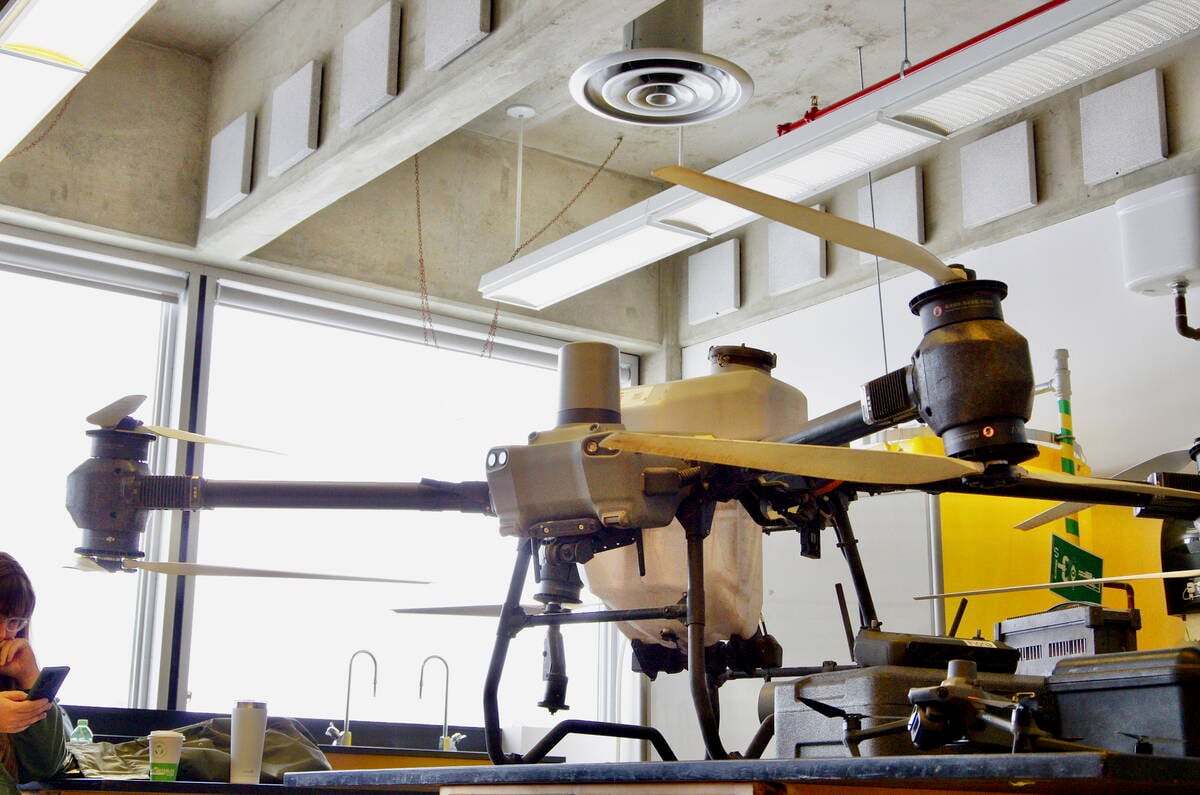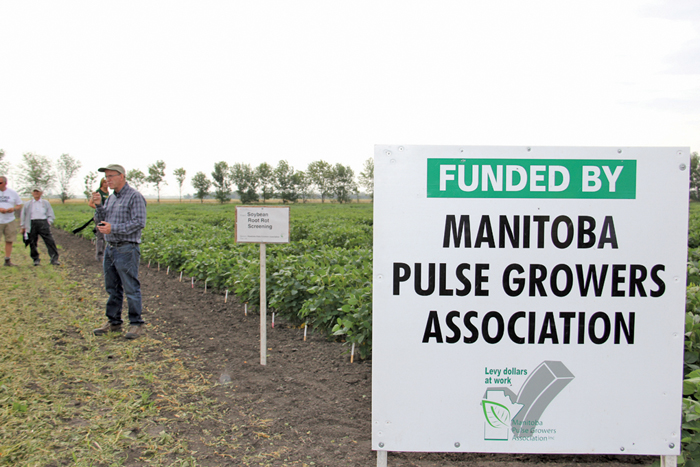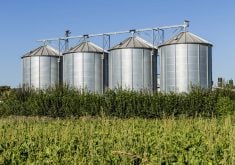Spot prices haven’t been established for new-crop edible beans yet, but the outlook is bearish.
“The chatter at the recent Dry Bean Council conference down in Coeur d’Alene, Idaho over the last four days was pretty much 100 per cent bearish,” Calem Alexander, Viterra senior field representative based in Carman told the Manitoba Pulse Growers Association’s tour at Agriculture and Agri-Food Canada’s Morden Research Station Aug. 7. “Not a lot of bulls in the room. In fact the chatter in the room was how low is the price going to go.”
Read Also

Manitoba trials work toward drone spraying approvals
Canada’s PMRA says pesticides need drone-specific labels before drone spraying can take off; Manitoba crop trials are adding data towards that approvals process.
Corn and soybeans aren’t $6 and $16 a bushel anymore either so edible beans won’t be selling for 40 cents a pound, he said.
“It all comes down to world supply and demand,” MPGA president Kyle Friesen, who farms at Altona, said later in an interview.
This year Manitoba farmers seeded 145,000 acres of edible beans, up from 95,000 last year.
- More from the Manitoba Co-operator: Video interview with Dennis Lange, MAFRD at the Manitoba Pulse Growers Association’s tour
“Guys saw edible beans, probably sunflowers and other specialty crops as good alternatives that had more profit potential than some of your conventional crops,” Friesen said.

Manitoba farmers weren’t alone in planting more beans. In March the United States Department of Agriculture estimated American bean plantings were up about 30 per cent from 2013; in June it estimated acreage was up 40 per cent, Alexander said.
“What we’re seeing in the market (are) buyers out there with the impressions there are lots of beans,” he said. “So the market has softened.”
But the crop is not in the bin yet, Alexander added. Much of Manitoba’s edible bean crop is late and some has suffered due to excess moisture, he said. North Dakota beans face similar issues.
Many beans are short too, which could lead to lower quality during harvesting.
“There may not be the crop there the buyers think there is,” Alexander said. “Time will tell.”
















